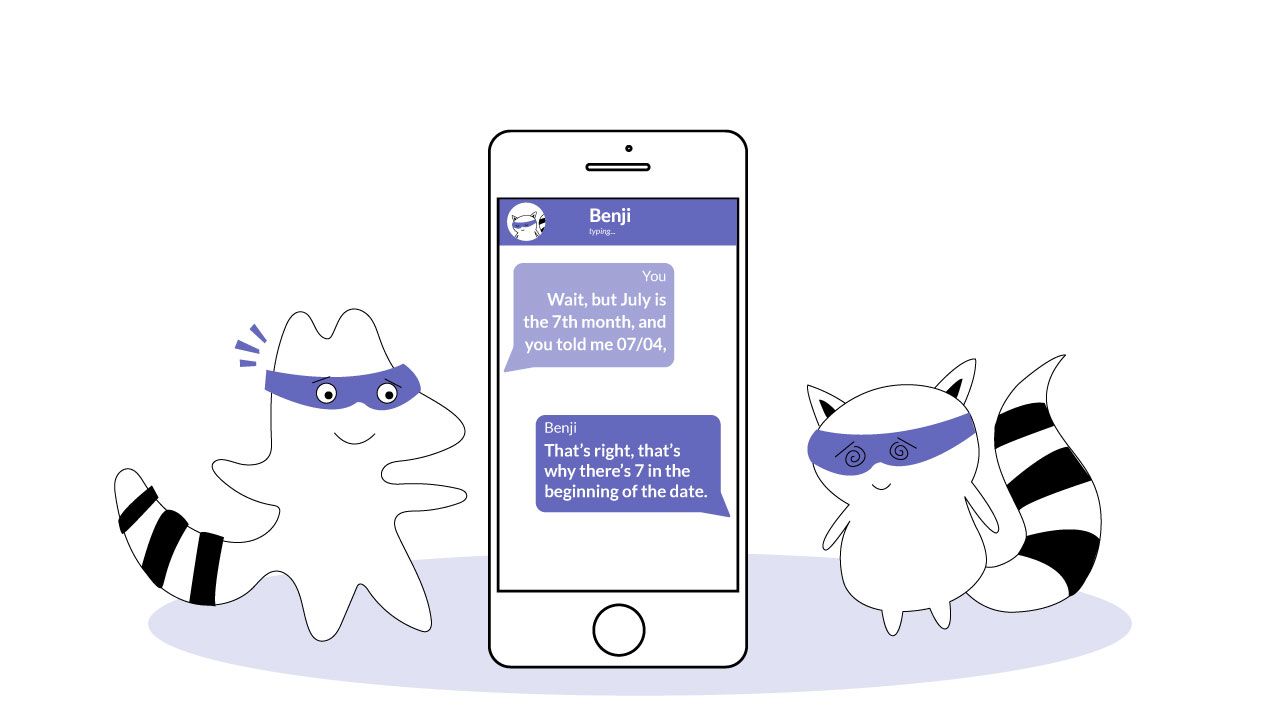
Some things are so deeply ingrained in our lives we barely notice them, although we see and use them every day. One of such things are dates – we see them every time we look at our smartphones, we use them for making plans or for writing invitations for special occasions. But have you ever paid attention to the date format you use?
When it comes to writing dates in English, there are a few things you need to know. For instance, while there is one commonly used date format, there are also separate rules on how to write the year, the month, and day, and even centuries.
In this article, we will cover all of these topics and provide you with writing tips to write dates correctly in English and avoid misunderstandings with your English-speaking friends or colleagues. Let’s get started!
Most Common Date Formats in English
The most common way for writing dates in English is to use day/month/year format (also denoted as DD/MM/YYYY). For example, if you were writing the date for the fifth of January , 2022, you would write it as 05/01/22.
However, there are also other ways to write dates in the English language. Americans use the month/day/year format – again, in a purely numerical form. This way, the same date, January fifth, would be written as 01/05/2022.
Another way to write the date in English is to add the day of the week first, followed by the day and then the month. So, the same date would be written as Friday, 5 January 2022.
And finally, you can use the international standard for writing dates in English – write the year first, followed by the month and then the day (also known as YYYY/MM/DD format). This way, the same date would be written as 2022/01/05.
Note that the numerical format of date writing is generally used informally or when there’s limited space. If you choose the all-numeric date format, there are always two slashes or hyphens to separate the parts of the date – one between the day and month, and another one between the month and year.
The Difference Between American and British Date Formats
The two most commonly used date formats come from British and American English. The British English date format is day/month/year, while the month/day/year format occurs in American usage.
In the American English date format, the month is written as a word (January, March, November, etc.), followed by the day of the month and then the year. The year can be written with two digit numbers (22 for 2022) or four (2022). When writing a date with a day of the week, the order is: day of the week, month, day, year. For example:
- Tuesday, January 5, 2022.
The British English date format is nearly the same, but the day is written first, followed by the full month (e.g. September, April, June) and then the year. However, no comma is necessary in a date in British English. For example:
- Tuesday, 5 January 2022.
As such, the main difference between British and American English date formats is that an American writes the month before the day, while the British date format puts the day before the month.

Now let’s take a closer look at how to write each part of an entire date:
How to Write the Month and Day
You can write the month with either two digits or spell it out in full, both forms are correct. Using a number to indicate the month is the most common, and it is generally written in informal situations. The full name of the month should be used in formal writing, such as a business letter, a resume, or a legal document.
In both British and American forms, the name of the month can be abbreviated if it’s a part of a specific date. In order to abbreviate the month, you should write its first three letters, followed by a period. The only exceptions are May, June, and July. For example:
- BrEn: 5 Jan. 2022.
- AmEn: Jan. 5, 2022.
However, it is recommended to avoid abbreviations in formal writing unless they’re used to save space like in tables or on charts.
When it comes to the day of the month, ordinal numbers (e.g. 1st, 2nd, 3rd) are usually omitted in American formal writing, although they are frequently used in speech. Similarly, in British usage, it would be best to use a cardinal number (e.g. 1, 2, 3) when writing the date in formal situations.

How to Write the Year
In both the American and British date formats, the year can be written with either two or four digits. The two-digit year is the most common form, and it is generally used in informal writing. The four-digit year is used when writing formal documents or in business correspondence – for example, a formal letter or a contract agreement.
Note that if the year is placed at the beginning of a sentence, it should be written out as words. For example:
- Two thousand twenty was an uneventful year due to the pandemic.
How to Write Centuries
Centuries can be written in different ways, too. You can use an ordinal number as an abbreviation (18th) or the full form followed by the word "century" (the eighteenth century), you can also write it with numbers (the 1800s) Note that you don’t need to use an apostrophe after writing numbers, as centuries are plurals, not possessives.
How to Write Dates with Days of the Week
When writing dates with days of the week, use the following order: the day of the week, month, day, year. To make the long-form date easier to read, use a comma after the day of the week. Here are the examples:
- BrEn: Monday, 5 January 2022.
- AmEn: Monday, January 5, 2022.

Rules for Writing Dates in English: An Overview
As you can see, there are several different date formats in the English language, each one with its own nuances and recommended usage. While all of them are perfectly acceptable, remember to stick to the same format in your writing to make it look unified and professional.
When in doubt, remember that the British format of writing day/month/year is the most commonly used format outside of the US. In order not to get confused by so many rules, here are several key of them you need to keep in mind every time you write the date in English:
- When writing the year, you can either write the full four digits (2022) or just the last two digits (22).
- When writing the month, you can either write the full name (January) or its abbreviated form (Jan).
- When writing the day, you can either write the ordinal number (1st) or just the numeral (1).
- When writing centuries, you can either write the full word (the seventeenth century) or write numbers (17th or 1700s).
- When writing dates with days of the week, you should separate them by a comma.
Conclusion
Now you know the basics of how to write dates in English. Americans use the format of month/day/year, but there are other ways to write dates as well. If you’re traveling or doing business in other countries, it’s important to be aware of the date format they use. When in doubt, stick to the international standard in order to avoid confusion.
The most important thing to remember when writing dates is to be consistent. Once you’ve chosen a format, use the same format throughout your document. This will make it easier for your reader to understand and follow along. With a little practice, you’ll be writing dates like a pro in no time.

You should also consider downloading our Langster app, which is full of bite-sized stories that will allow you to see various date formats in different contexts and read them correctly. Good luck!









